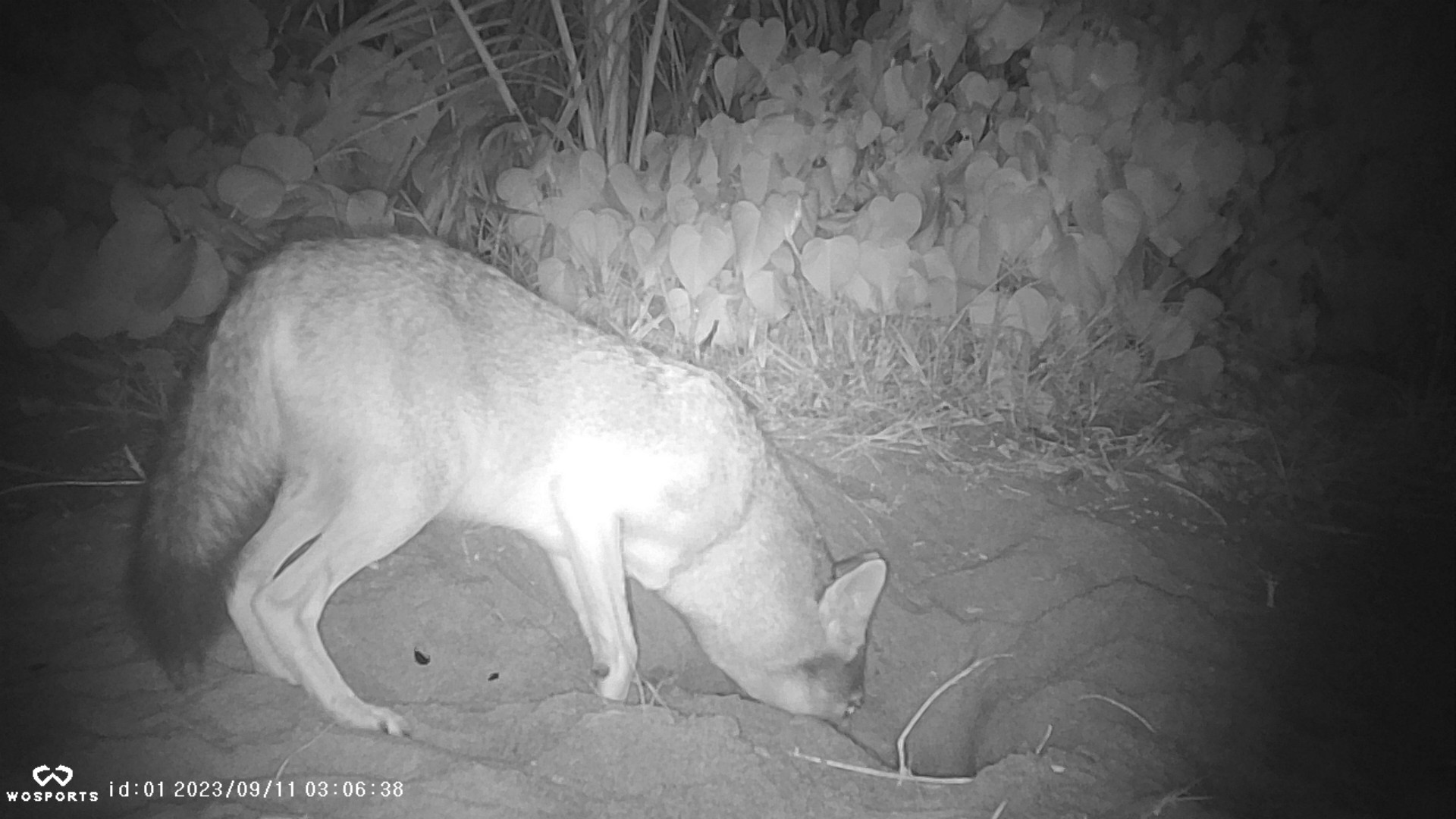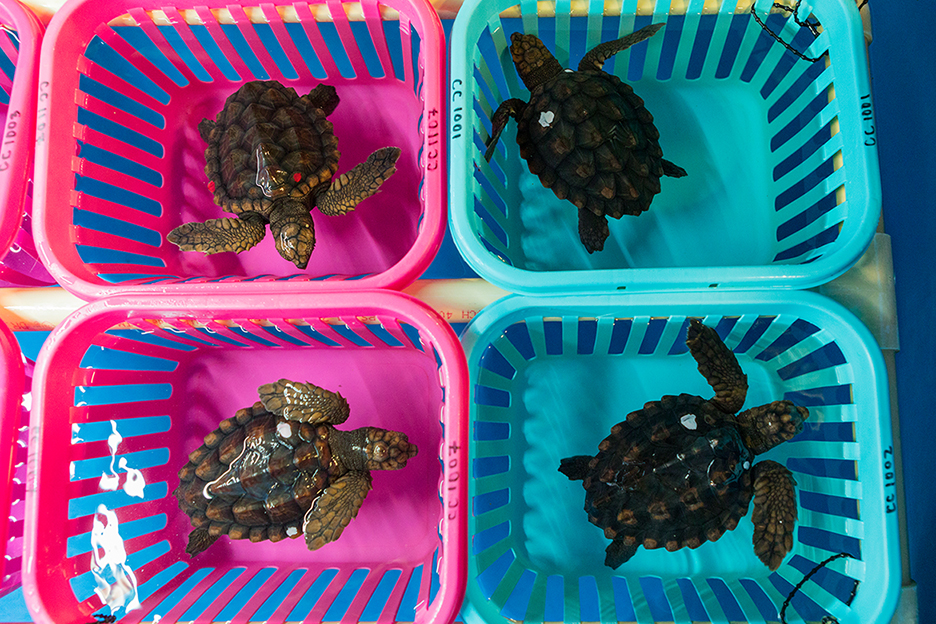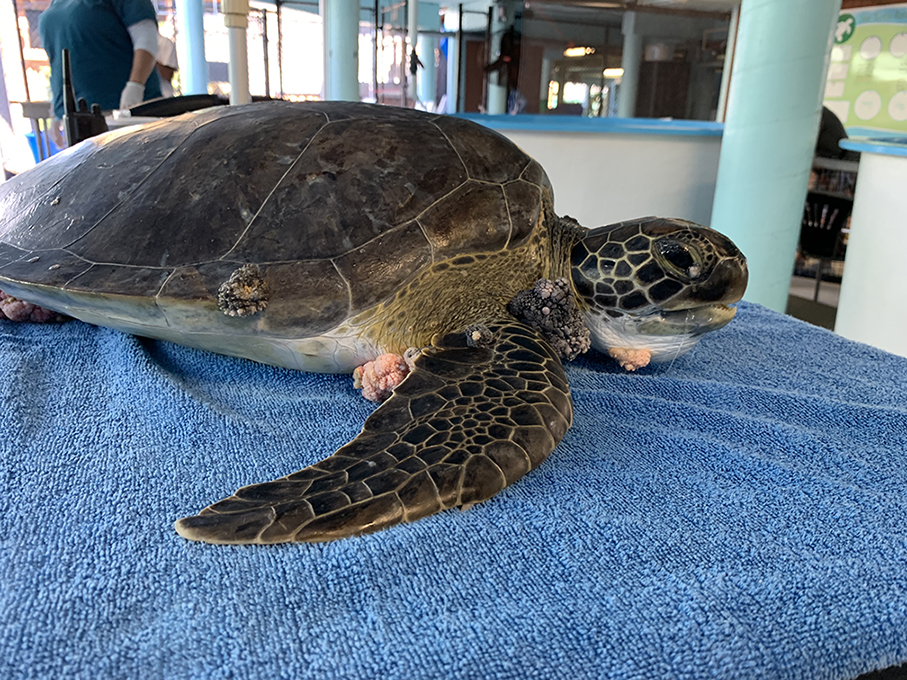
Author: Gael-Lynne Laguerre
Date: September 19, 2023
Sea turtles are docile, yet resilient, creatures. They hatch with long flippers and armor equipped to ward off some predators. These prehistoric reptiles swam in our oceans when dinosaurs roamed the earth. They are quite literally living legends! However, the future survival of all six species of these animals living in and around the United States, which are listed as protected under the Endangered Species Act, remains uncertain. Humans are responsible for most of the environmental changes that make marine turtle survival and ability to successfully reproduce much more difficult.
|
Biotic factors Invasive species: Around the globe, sea turtles and their hatchlings alike are susceptible to natural predators. Crabs, raccoons, birds, and fishes all play their role in the food chain. However, urban development on the coast has introduced countless non-native species into environments occupied by marine turtles. Some of these, such as fire ants, rats, foxes, coyotes, feral pigs, and domestic dogs, dig up marine turtle nests and eat the eggs and hatchlings. Florida nesting beaches, unfortunately, are home to several of the most seriously dangerous invasive species. The extensive threats that sea turtles face worldwide fall into three categories: biotic, abiotic, and anthropogenic. Biotic factors are the living parts of the ecosystem, such as plants, animals, and bacteria. Abiotic factors are nonliving parts of the environment such as weather. Anthropogenic factors are human actions that indirectly or directly impact these animals. Two such factors, now apparent in our daily lives, are the accumulation of marine debris and the greater variation in climatic extremes, known as “climate change”. Below, we elaborate on the nature of these threats in greater detail. |

Photo credit: David Anderson |
|
Abiotic factors Climate change: Sea turtles depend upon both marine and terrestrial habitats to complete their life cycles. Climate change affects the beaches turtles use to nest. The rapid melting of the ice caps (especially the Greenland ice sheet) has resulted in rising sea levels, causing nest “washouts” as some beaches to disappear. Higher temperatures also inflate the proportion of female to male hatchlings produced each season, because in marine turtles, sex is determined by nest incubation temperatures. That result reduces the genetic diversity of the males available as mates for females. Extreme nest temperatures can also result in hatchling developmental abnormalities, resulting in hatchling deformities that compromise their vigor and survival. |

|
|
Anthropogenic factors Marine debris and pollution: Each year, over 14 million tons of plastic enter the ocean, making up about 80 percent of all marine debris. Marine trash poses a number of risks to marine turtles. Among these are entanglement, as well as digestive obstruction caused by ingesting debris mistaken for edible prey. Since plastics cannot be digested, they can fill the stomach and gut, interfering with the ability of the turtles to obtain the energy needed for growth and ultimately, survival. Pollution also impacts sea turtle health. It can kill plants and other organisms, important to the turtles as food sources. Toxic chemicals from oil spills, urban fertilizers and other noxious compounds all contribute to habitat loss and the degradation of marine turtle health. For example, recent studies suggest that a disease now killing many sea turtles (fibropapillomatosis) may be linked to contaminants fabricated by humans, then introduced into estuarine and oceanic waters. All in all, healthy oceans need sea turtles, and sea turtles need healthy oceans. There is a good reason they are labeled as a “keystone species,” which means they play a significant role in the ecosystem as indicators of habitat health and productivity. If these animals perish, their absence can have many unanticipated, and negative, impacts on other species that serve as both predators and prey for these fascinating reptiles! |

|